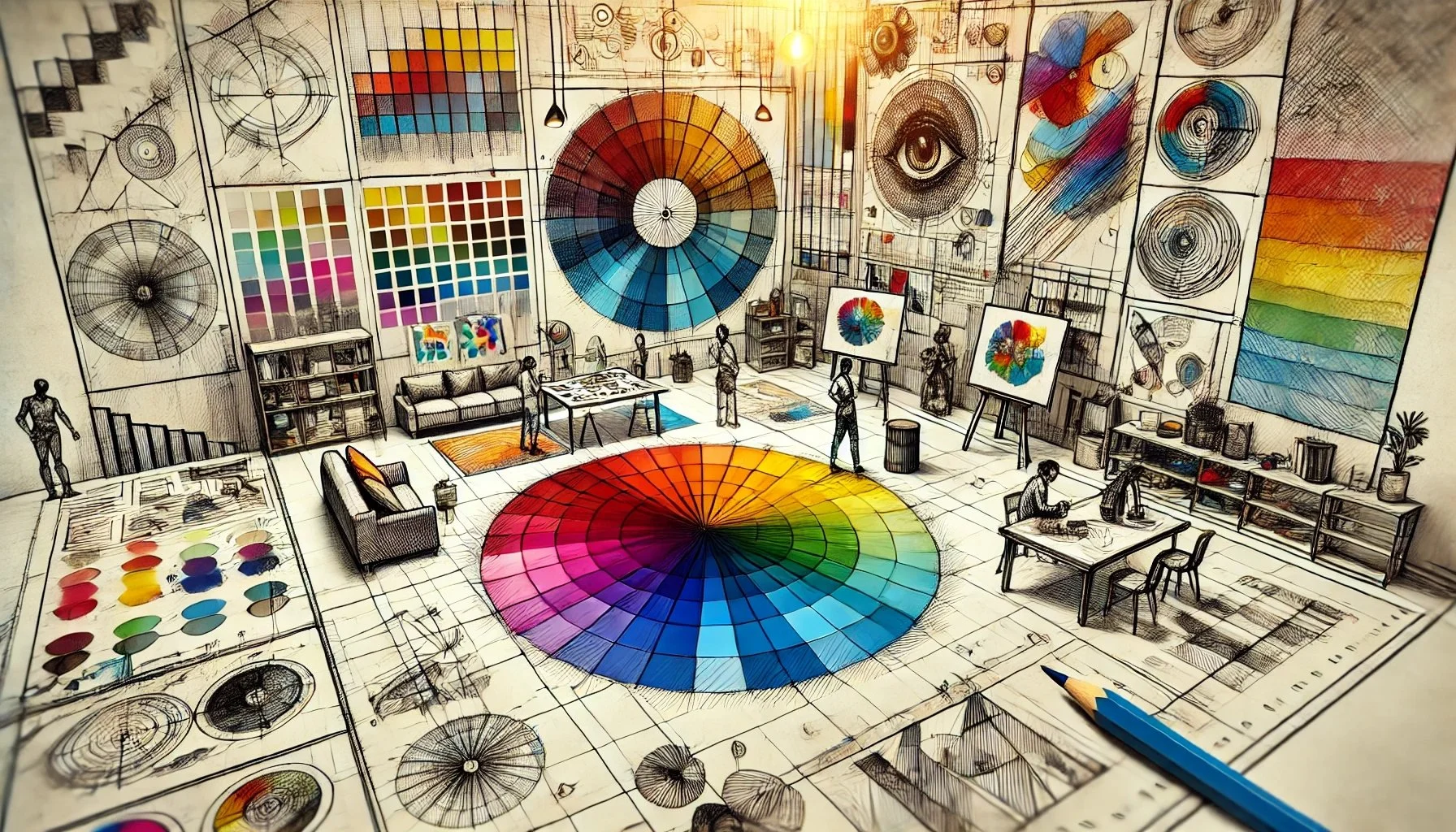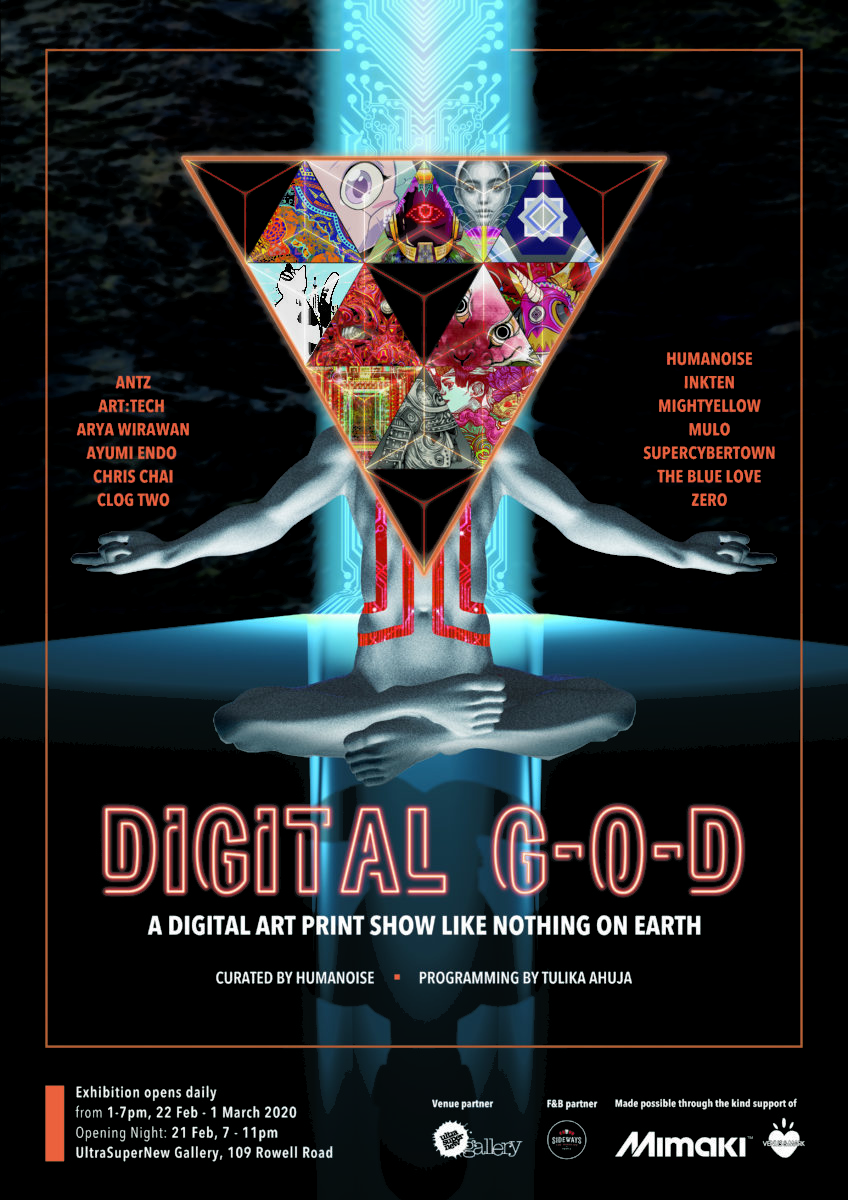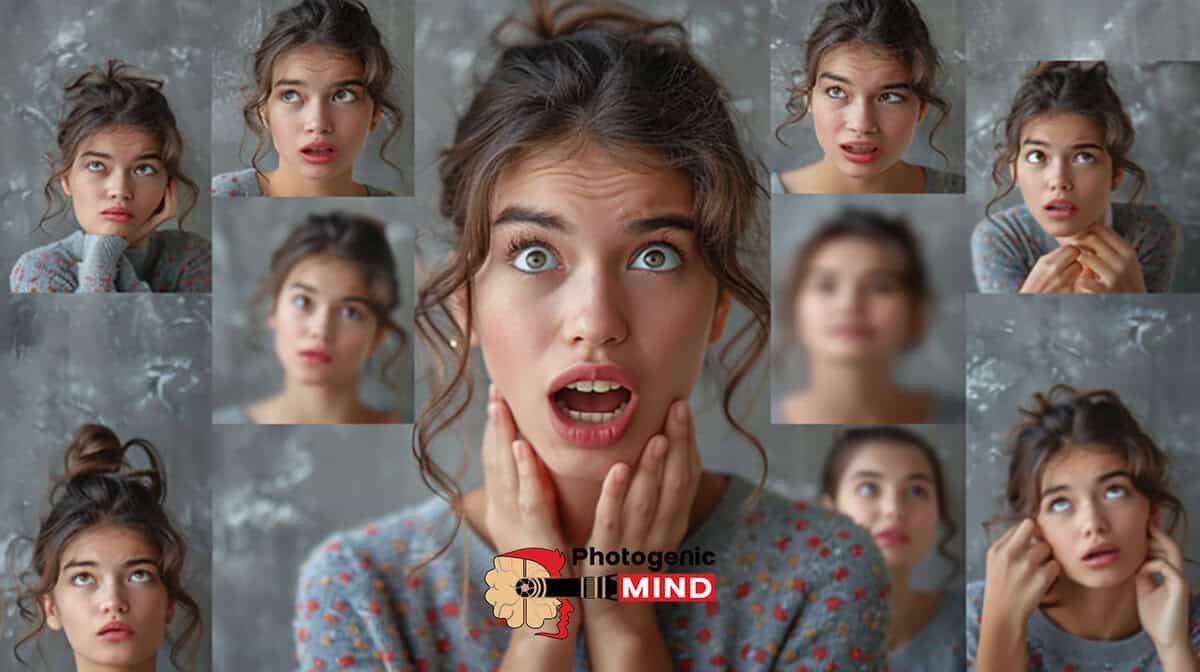The Influence of Social Media on Artistic Expression: New Opportunities and Challenges for Creatives
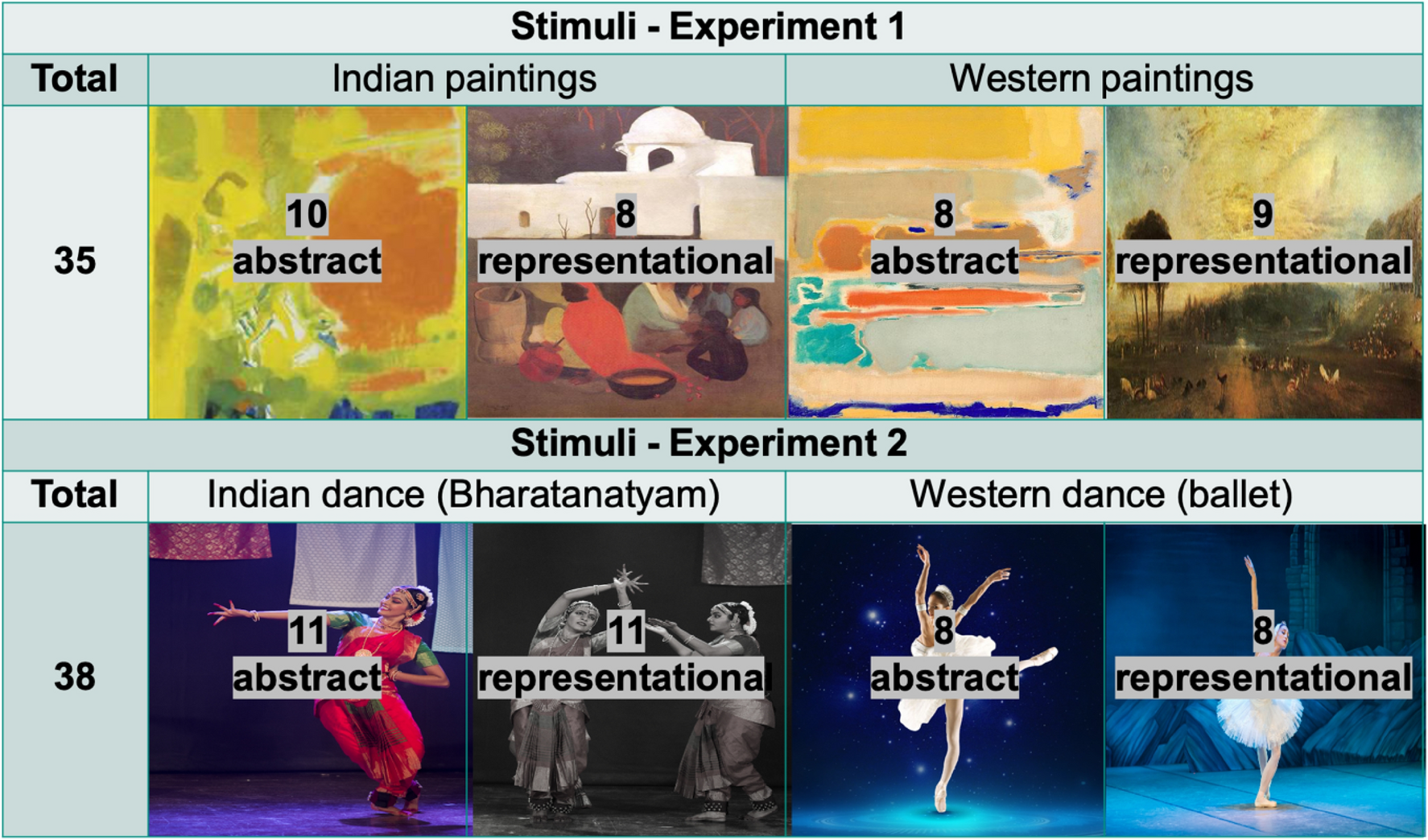
The New Digital Canvas
In today’s fast-paced world, social media has transformed how artists connect with their audience. Platforms such as Instagram, TikTok, and Pinterest provide a dynamic space for creative individuals to showcase their work and engage with fans. This shift has ushered in a wave of opportunities and challenges that redefine artistic expression.
Opportunities for Creatives
Social media empowers artists in several remarkable ways, significantly enhancing their ability to reach diverse audiences and elevate their profiles.
- Global Reach: Creatives can share their work with a worldwide audience, breaking geographical barriers. For instance, an artist based in Minneapolis can gain followers from Tokyo or London, leading to collaborations that were previously inconceivable. This global access allows for a richer exchange of cultural ideas and artistic influences.
- Instant Feedback: Immediate interaction with followers allows for real-time critique and validation. Artists often receive comments and reactions on their work shortly after posting, providing valuable insights into audience preferences. This instant engagement helps artists tailor their styles and concepts, enhancing their future projects.
- Networking: Collaboration opportunities emerge easily, connecting artists with influencers and sponsors. For example, a digital illustrator can find opportunities to work with brands or other artists on projects that amplify their visibility and income. Networking through social platforms frequently leads to partnerships that were once exclusive to traditional art circles.
Challenges Faced
However, this digital landscape is not without its difficulties. Artists must navigate a series of challenges that can hinder their creative journey.
- Oversaturation: The sheer volume of content can make it challenging for individual artists to stand out. With millions of posts flooding feeds daily, the uniqueness of a piece can easily be lost among countless other artworks. This saturation can lead to frustration for artists striving to capture attention in a crowded marketplace.
- Quality vs. Quantity: The pressure to maintain frequent posting may compromise the quality of artistic work. Artists may feel compelled to churn out content rapidly to keep their followers engaged, risking the dilution of their individual style or the depth of creativity. This dilemma prompts a critical question: should the art prioritization lean more toward engagement than craftsmanship?
- Intellectual Property Risks: Protecting original creations amid rampant sharing can be daunting. Artists often find their works reproduced without permission, and the lack of a clear framework for intellectual property rights in the digital sphere exacerbates this issue. They must become adept at watermarking and legal protections to safeguard their creations.
Exploring the influence of social media on artistic expression unveils a complex web of possibilities. While the platforms foster creativity and innovation, they also present significant hurdles that require strategic navigation. Understanding this interplay is vital for today’s creatives as they traverse the digital realm, where innovation meets adversity. As the art world continues to evolve in tandem with technology, artists must remain vigilant, adaptable, and informed, continuously discovering new ways to leverage these platforms for their personal and professional growth.
DISCOVER MORE: Click here to dive deeper into the therapeutic power of music</
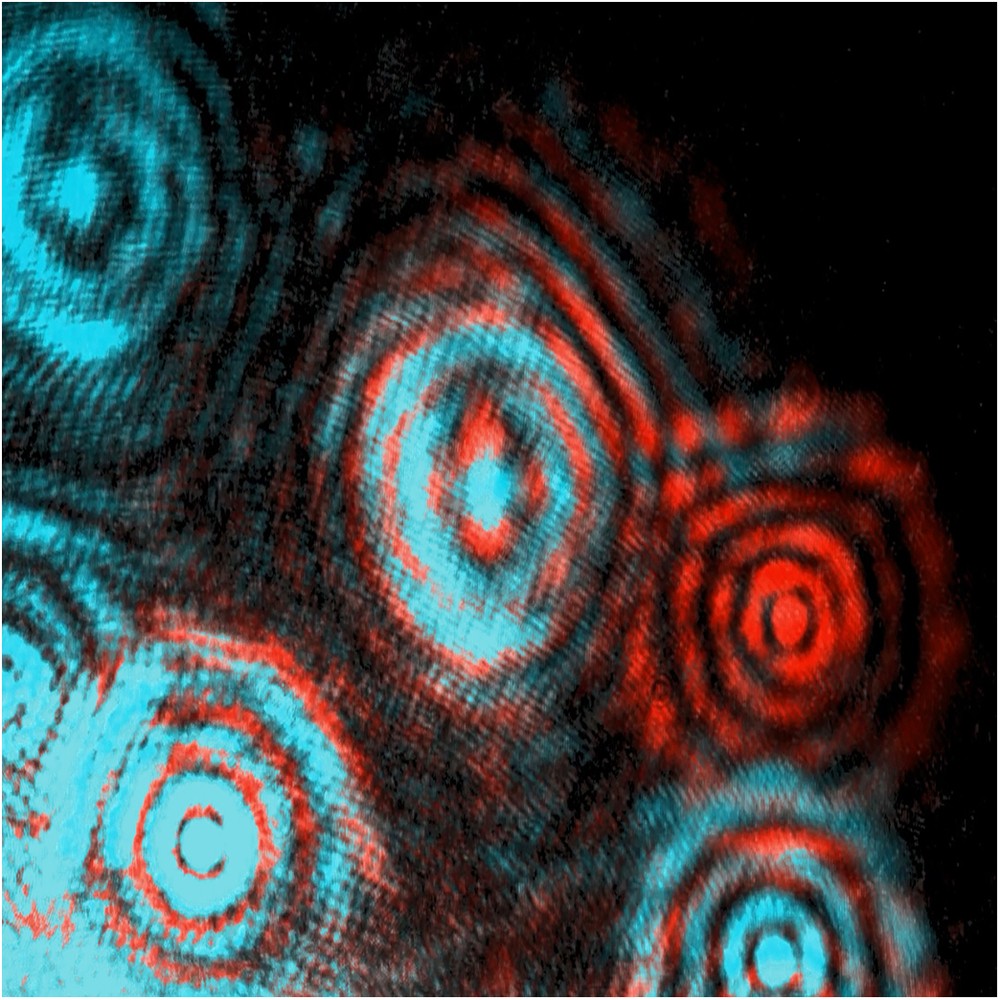
Expanding Horizons: The Promise of Social Media
As social media continues to evolve, it challenges conventional notions of artistic expression and presentation. Artists have an unprecedented ability to curate their own brand and narrative, crafting individualized artistic identities that resonate with a global audience. This unique environment offers several paths to discovery and innovation, allowing creatives to tailor their messages and explore new forms of engagement.
Pioneering Unique Artistic Narratives
Social media platforms have become storytelling tools that empower artists to connect with their audiences in immersive ways. By sharing behind-the-scenes glimpses of their creative process or documenting the evolution of their projects, artists can create a deeper emotional connection with their followers. Far from a mere showcase of finished pieces, these narratives invite audiences into the artist’s journey, inviting greater appreciation and understanding of the work.
The accessibility of various formats—ranging from short videos on TikTok to carousel posts on Instagram—encourages artists to experiment with different mediums and styles. For example, a painter might share time-lapse videos of their work in progress, or a sculptor could utilize Instagram Live to engage followers in real-time Q&A sessions. This adaptability not only enhances their exposure but also fosters a sense of community as fans contribute ideas and feedback.
The Rise of New Content Formats
The diverse array of content formats available on social media offers creatives new avenues to express themselves. These formats include:
- Visual Storytelling: Artists can meld visual art with storytelling by using slideshows and Instagram Stories to showcase their work, providing context and emotion that breathe life into their creations.
- Interactive Experiences: Platforms like Instagram and Facebook allow for polls and questions, enabling artists to directly solicit feedback and input from their audience, making followers feel like active participants in the artistic process.
- Collaborative Projects: Many artists use social media to collaborate with one another, merging different styles and influences that may never have intersected in traditional settings. This cross-pollination of ideas can lead to groundbreaking work and new trends.
However, amid the excitement of these new opportunities, artists must remain cognizant of their artistic integrity while navigating the fast-paced environment of social media. The balancing act of engaging a following while staying true to one’s vision can be difficult. As they embrace new technologies and audiences, a growing number of artists also find themselves reflecting on their purpose and the broader implications of their art in a digitized world.
As the artistic landscape expands through social media, creatives are called to adapt to the evolving demands of the digital space while exploring innovative ways to convey their messages and engage with followers. This journey invites both reflection and exploration, as artists redefine what their work means in the context of instant access and global connectivity. The intersection of creativity and technology is paving the way for a dynamic future, but it requires a careful approach to ensure that artistry shines amidst the noise.
The Evolving Landscape of Artistic Expression
Social media has transformed the way artists connect with audiences, providing a unique platform for showcasing their work. This shift has led to a surge in visibility for creatives who traditionally struggled to gain recognition. Platforms like Instagram, Pinterest, and TikTok have become essential tools for artists, offering a space where they can engage directly with fans and fellow creators. This democratization of art allows for diverse voices to be heard, breaking down barriers that once limited visibility to a select few.Moreover, the interactive nature of social media enables users to provide instant feedback, reshaping the creative process. Artists can adjust their works based on audience reactions, fostering a collaborative environment that promotes innovation. For instance, the phenomenon of “voting” on design elements through stories or posts directly involves followers in the creative journey, enhancing community engagement. As a result, social media acts not only as a portfolio but also as a living workshop, where ideas can be tested and refined in real-time.However, this exposure comes with its challenges. The pressure to maintain a constant online presence can lead to creative fatigue, overwhelming artists who feel obligated to produce content regularly. Additionally, there’s the inherent risk of copyright issues, where the potential for work to be plagiarized increases with wider dissemination. The algorithms used by platforms often favor trending styles, nudging artists to conform to popular trends, which could dilute personal expression and original style.As we delve deeper into the topic, we unearth the complex relationship between social media and artistic expression, marked by both new opportunities and significant hurdles. Artists are navigating these waters with a mix of excitement and caution, eager to harness the benefits while being wary of the potential pitfalls.
| Opportunity | Challenge |
|---|---|
| Increased visibility for diverse artists | Pressure to produce content constantly |
| Direct audience engagement through feedback | Risk of copyright infringement and style dilution |
This dynamic conversation between artists and their audience highlights the dual-edged influence of social media on art, prompting a deeper examination of how creativity and public interaction are currently transforming artistic landscapes. As artists adapt to these evolving mediums, they redefine what it means to create art in the modern age, making it essential to continually explore this intersection of technology and creativity.
DISCOVER MORE: Click here to learn about the evolution of handicrafts
Navigating Challenges: The Double-Edged Sword of Social Media
While the advantages of social media for artists are plentiful, it also introduces a host of challenges that can complicate the creative process. The constant demand for content and audience engagement can lead artists to question their essential motivations and artistic integrity. As they strive for visibility and relevance, many artists find themselves grappling with the pressure to produce work that can easily go viral, potentially prioritizing trends over their authentic vision.
The Pressure of Virality
Social media platforms often operate on algorithms that favor engagement, pushing content that garners likes, shares, and comments to the forefront. This creates a strong incentive for artists to create work tailored for popularity rather than genuine artistic expression. The concern arises when the pursuit of virality eclipses the inherent value of the art itself. For instance, an artist may feel compelled to conform to popular aesthetics or themes to attract followers, potentially sacrificing the originality and depth of their work.
Additionally, the phenomenon of “likes” and followers can create a cycle of validation that may not correlate with meaningful engagement or artistic fulfillment. This urge to seek approval can lead to burnout or disillusionment, as artists may feel their creativity is being stifled by the constant need to appease an audience, rather than create for personal satisfaction or exploration.
Intellectual Property Concerns
Another challenge that artists face in the age of social media is the heightened risk of intellectual property theft. With the ease of sharing and reposting, artists must be vigilant about protecting their work. In a digital landscape where visual content is predominantly shared without credit, it becomes essential for artists to establish clear guidelines for how their work can be used. Furthermore, legal recourse for copyright infringement can be complicated and costly, often leaving artists vulnerable.
The absence of robust systems for attribution and compensation often leads to frustration and a sense of exploitation. This challenge prompts artists to reconsider how they share their work while striving to maintain connection and authenticity with their audience.
Maintaining Authenticity Amidst Noise
As artists navigate these complexities, the challenge of maintaining authenticity becomes paramount. Engaging in online communities can offer support and encouragement, yet it can also dilute an artist’s unique voice. With trends evolving rapidly, artists may find themselves in the precarious position of having to frequently reevaluate their style to stay relevant.
In this noisy digital environment, it becomes essential to carve out a distinct voice. Artists like Amanda Oleander, who gained notoriety by sharing personal stories along with her artwork, exemplify how deep connection can foster a loyal following while preserving one’s artistic integrity. Such examples serve as a testament that dedication to authentic expression does not preclude success.
As the landscape of social media continues to shape the artistic community, artists are called to navigate these challenges with resilience and creativity. The intersection of artistic expression and digital connectivity beckons them to rethink their methods of engagement while staying true to their craft. In the end, social media holds the potential to both empower and challenge, prompting artists to strike a delicate balance between visibility and authenticity.
LEARN MORE: Click here to discover how music can boost your creativity
Conclusion: Embracing the Paradox of Digital Creativity
The influence of social media on artistic expression presents a complex landscape filled with both extraordinary opportunities and daunting challenges. For many creators, digital platforms serve as a vibrant stage where their work can reach wide audiences, bridging gaps between different cultures and artistic styles. Yet, this newfound visibility can come at a price; the pressure to conform to trending topics or aesthetics can undermine the very essence of what makes art unique and meaningful.
As artists navigate this dual-edged sword, it is crucial for them to reconnect with their authentic voice while leveraging the advantages that social media offers. The need for ongoing engagement can spur innovation and foster a sense of community among creatives, yet it also necessitates a mindful approach to consumption and production. Discussions around issues such as intellectual property must take center stage, urging artists to advocate for their rights while still making their work accessible and shareable.
Furthermore, with the current rapid evolution of digital trends, artists are prompted to explore new methodologies for engagement and expression. This could mean integrating multifaceted storytelling or interactive formats that invite deeper connections with their audiences. Ultimately, the goal should be to strike a delicate balance that promotes both visibility and authenticity, allowing for personal fulfillment alongside public appreciation.
In closing, while social media is a powerful tool for transformation in the arts, it is essential for creators to maintain their integrity and authenticity amidst the noise. By cultivating a unique artistic identity, artists can carve out their distinctive place in the digital realm—both challenging and inspiring others along the way.
